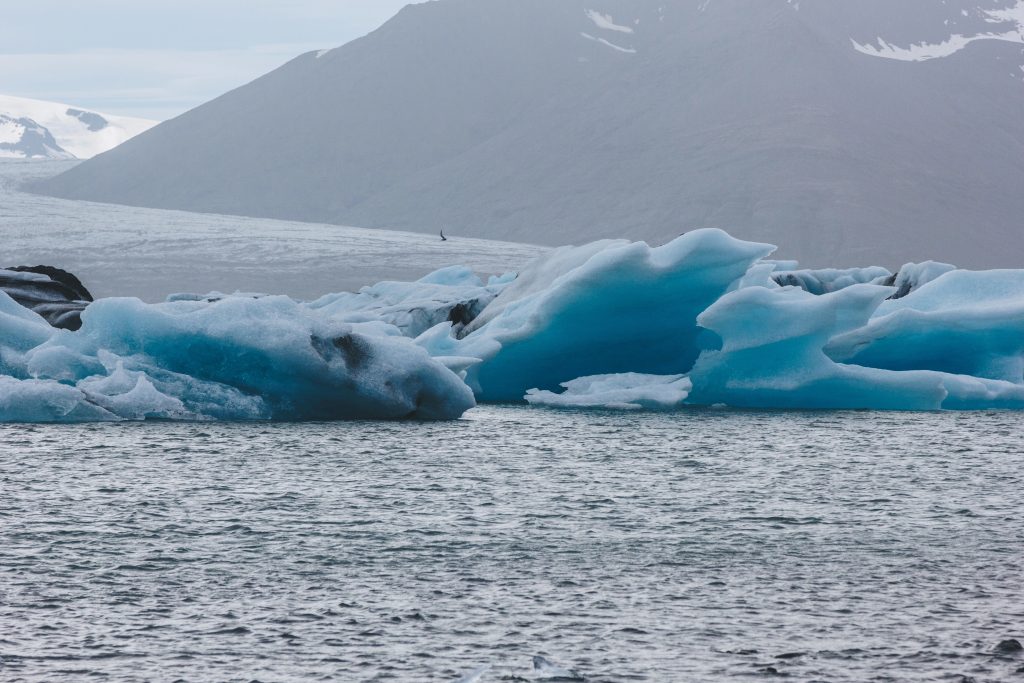
It began as it does each summer for over a decade Suicide Basin, a hidden bowl of meltwater along the Mendenhall Glacier, slowly accumulating rain, snowmelt, and ice runoff. But this year, the basin overflowed in a roar. By Wednesday morning, the Mendenhall River had risen above 16.7 feet, breaking last year’s record and inundating western Juneau subdivisions with debris, trees, and floodwater. “This will be a new record, based on all of the information that we have,” National Weather Service meteorologist Nicole Ferrin said. For the third August in a row, Alaska’s capital city saw a flood crest people there will remember for decades.
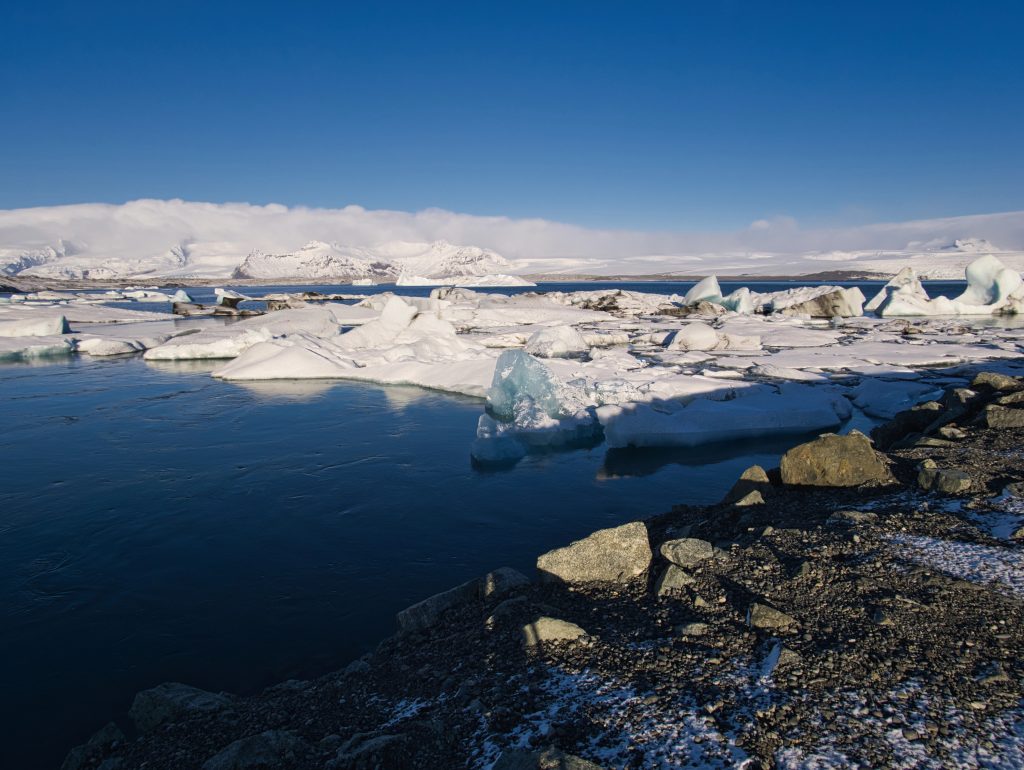
1. The Anatomy of a Glacial Lake Outburst Flood
Glacial lake outburst floods, or GLOFs, happen when meltwater built up behind ice or rock dams suddenly drains out. Juneau’s variation is fueled by Suicide Basin, a glacial lake that was created when a smaller glacier retreated from the Mendenhall Valley. In the summer, the basin becomes filled up until the water finds a way underneath or around the ice dam of the Mendenhall Glacier, plummeting into Mendenhall Lake and continuing on down the river. The city likens it to “pulling the plug on a full bathtub.” This year’s release spilled an estimated 15 billion gallons of water downstream approximately 23,000 Olympic-sized swimming pools at a flow rate equivalent to half of Niagara Falls.
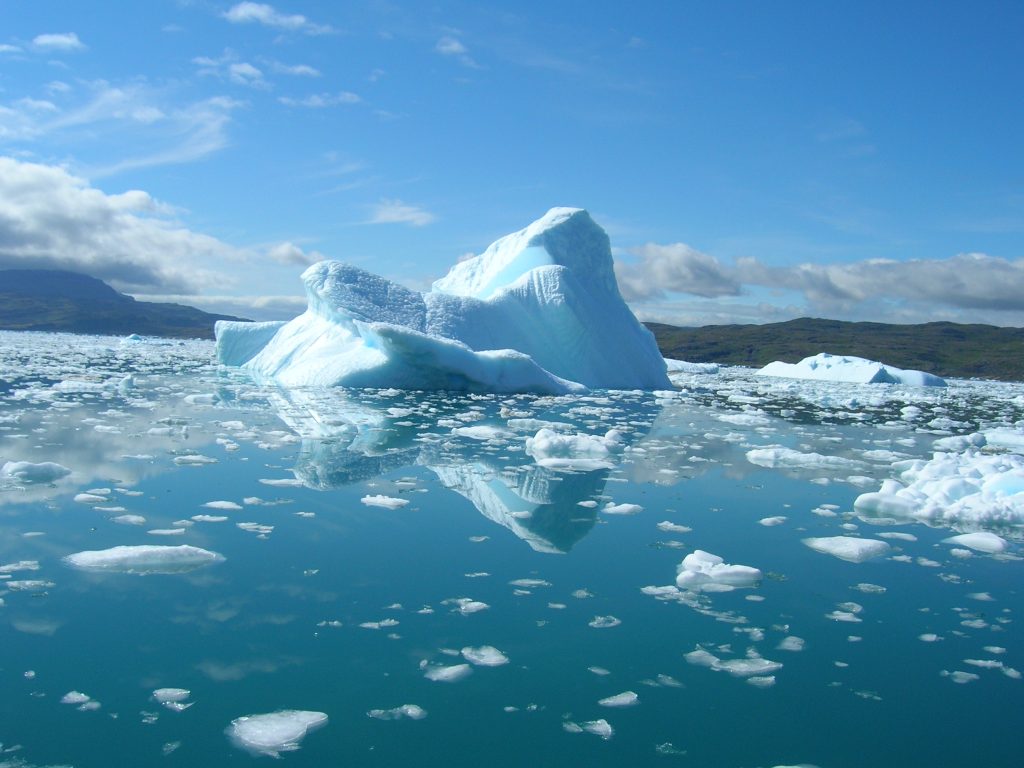
2. Why It’s Getting Worse
Flooding in Suicide Basin has been an annual problem since 2011, but since 2023, the events have grown larger and more destructive. In 2024, the river peaked at 15.99 feet, which was a foot higher than ever before. And now, 2025, has done that again.
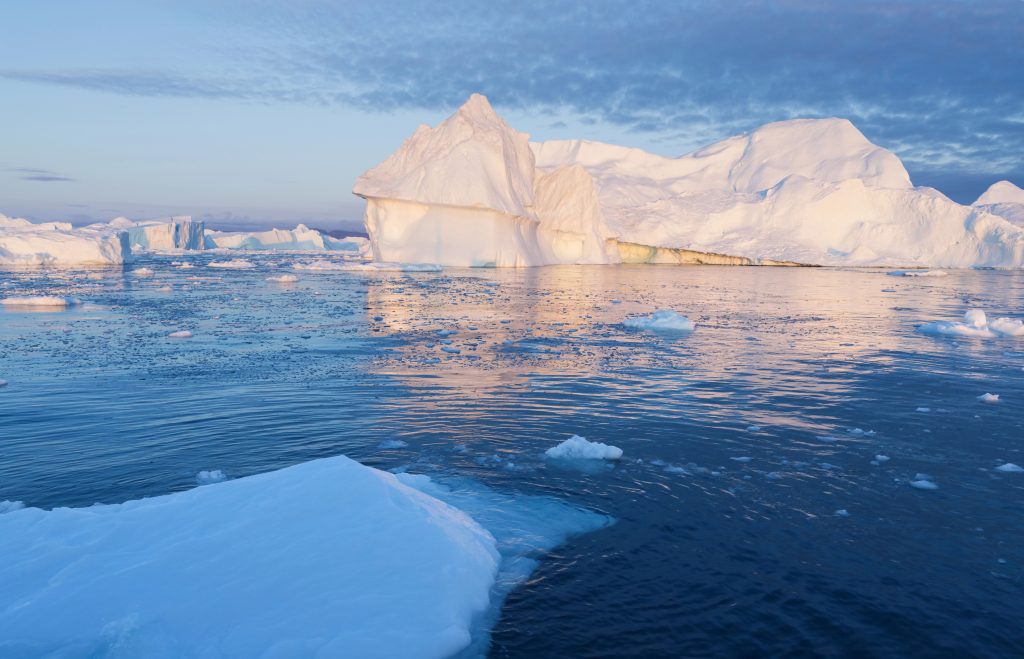
Scientists attribute the catalyst to climate change Alaska is warming at a rate twice as fast as the world’s average, melting glaciers and growing glacial lakes. The shrinking of the Mendenhall Glacier has made Suicide Basin larger, enabling it to hold and discharge more water at once.
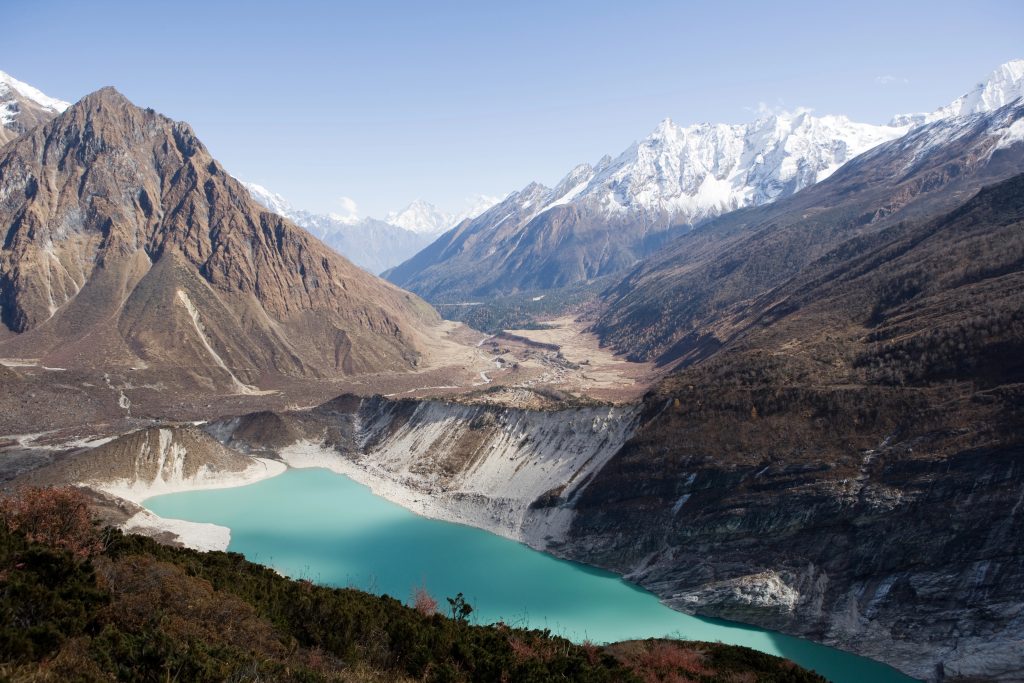
3. A Global Pattern with Local Consequences
What is happening in Juneau is a reflection of a global pattern. Since the 1990s, the number of glacial lakes worldwide has increased by 53% and their combined volume by 48%, satellite-based studies have found. In Alaska, western Canada, the Himalayas, and Patagonia, these lakes are expanding most rapidly at high latitudes, as would be expected with Arctic amplification. More lakes mean more possibilities for GLOFs events that can devastate communities, level infrastructure, and alter landscapes.
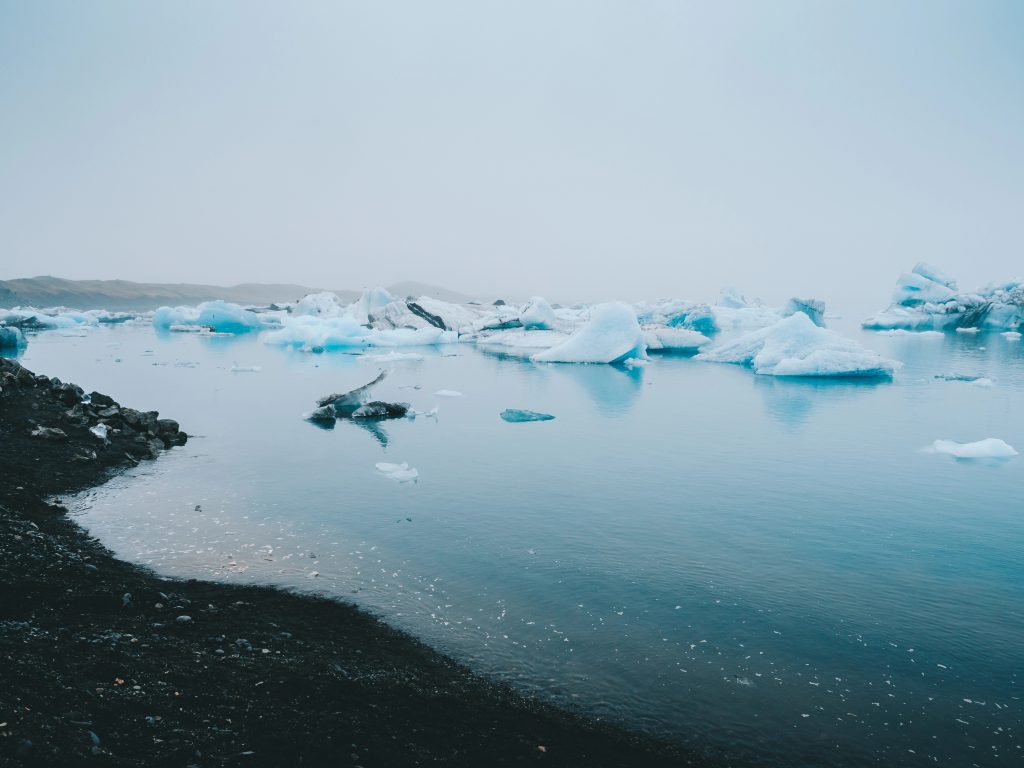
4. The Science of the Surge
According to a study conducted by the World Glacier Monitoring Service, 41% of total loss of glacier mass between 1976 and present has occurred in just one decade alone. Glaciers lost a total of 80 billion metric tons of ice in 2023 alone from any other year on record, raising sea levels by 1.5 mm. Warming summers, especially in El Niño years, accelerate meltwater accumulation. Studies on the Tibetan Plateau show that GLOFs occur most frequently in July and August, when high evaporation and intense rain combine to force lakes to their limits.
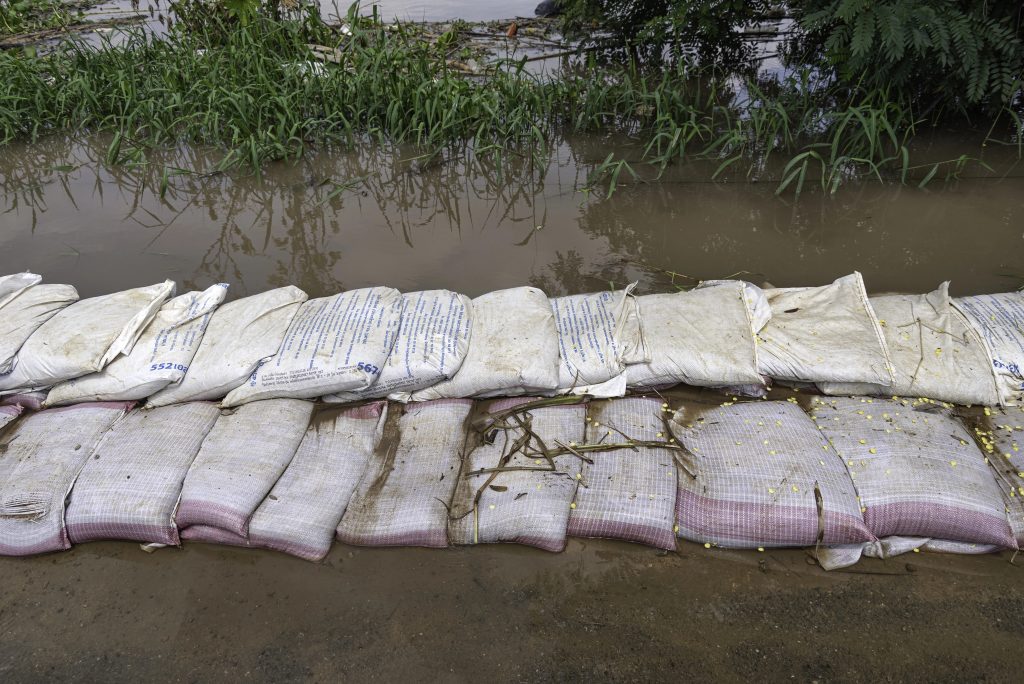
5. Ground-Based Emergency Response
This year, city officials in Juneau did not wait for the crest to arrive. Tuesday evening, they sounded an urgent warning “Don’t wait, Evacuate TONIGHT.” Temporary levees 10,000 four-foot walls lined 2.5 miles of riverside, hoping to protect more than 460 buildings. Alaska Governor Mike Dunleavy’s pre-emptive disaster declaration allowed state equipment to arrive before the flood. Water still topped some defenses, forcing evacuations in the 17-foot flood zone.
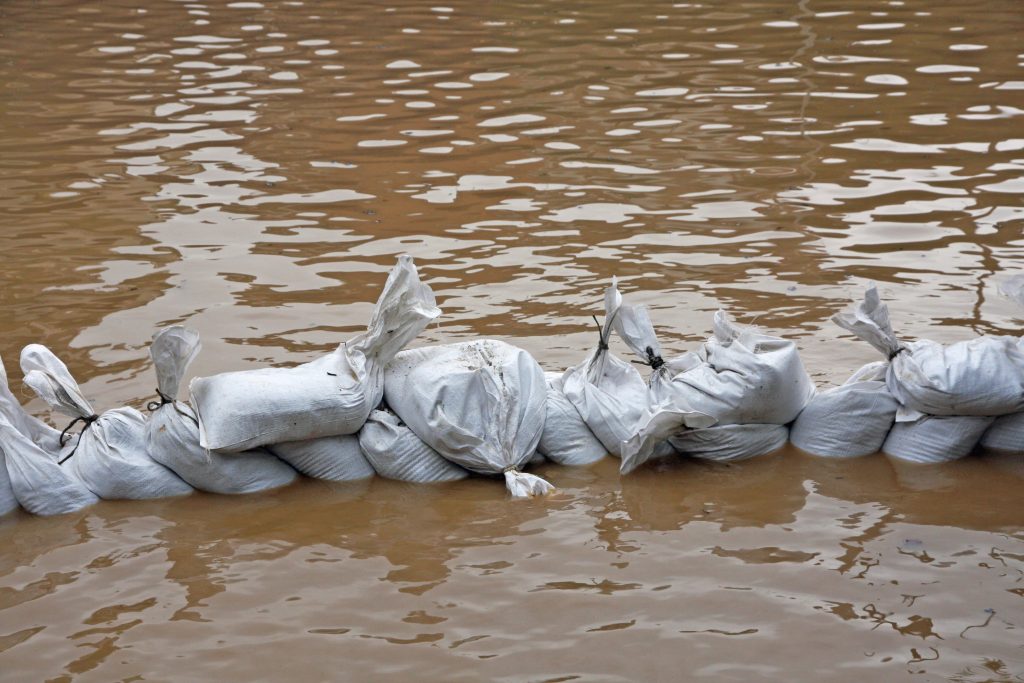
6. The Long Road to Permanent Protection
The U.S. Army Corps of Engineers has initiated a multi-decade investigation to explore permanent protection from flooding, including an entire levee system. But as outburst floods are expected to continue for another 25 to 60 years or as long as the Mendenhall Glacier remains an ice dam regular residents are annoyed with the slow pace. Meanwhile, preparedness equates to seasonal vigilance, rapid evacuation planning, and community organization.
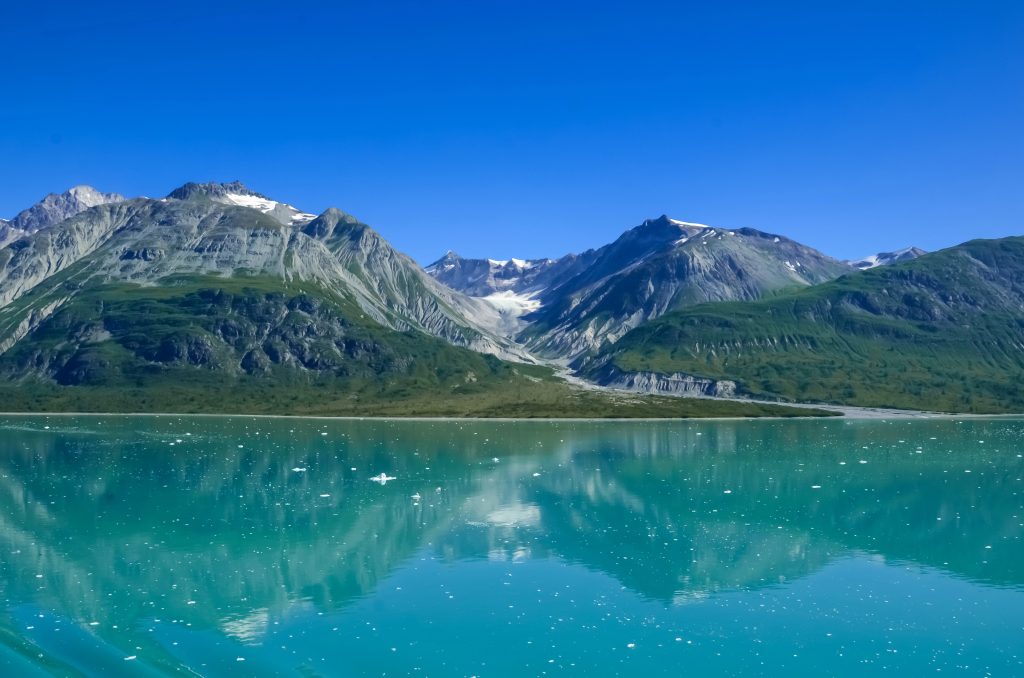
7. Life with an Ever-Changing Landscape
To residents of Juneau, the Mendenhall Glacier is a beloved landmark, a symbol of Alaska’s wild splendor. But it’s also a reminder that climate change isn’t something happening in the future it’s rewriting lives now. As one National Weather Service meteorologist warned, “It’s very dangerous right now. Stay away if you can.” The challenge ahead is how to reconcile the glacier as a natural treasure with its growing potential as a danger.
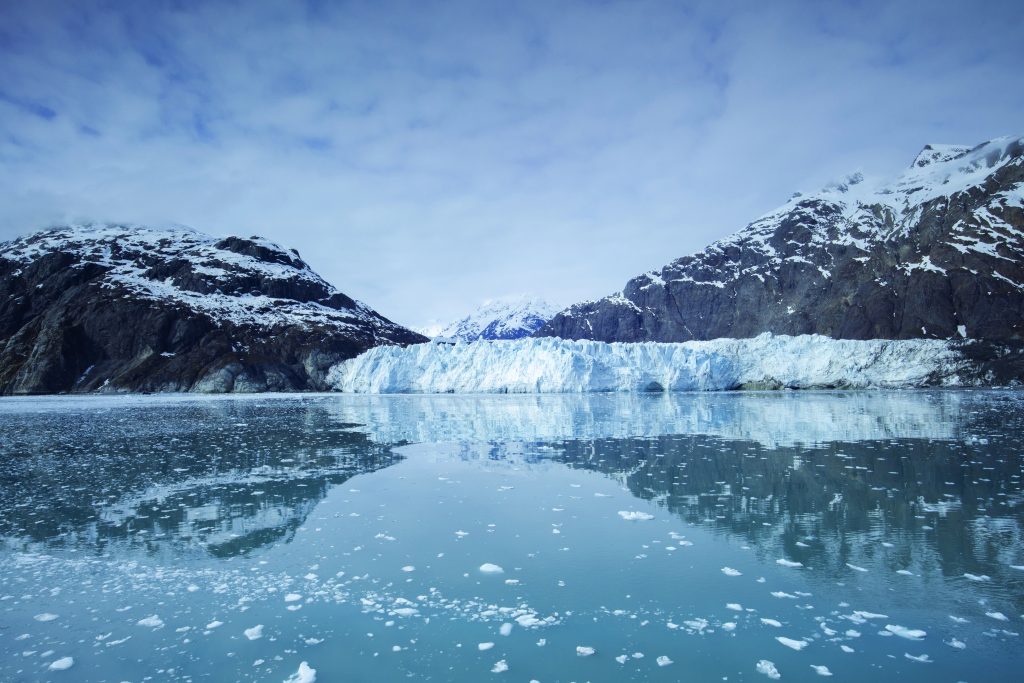
The gush of water through Juneau this week is one chapter in a larger story one scored in ice, meltwater, and time. It’s one that connects Alaska to the Himalayas, Patagonia, and beyond, as communities around the world find ways to adapt to the new rhythms of a warming world.


